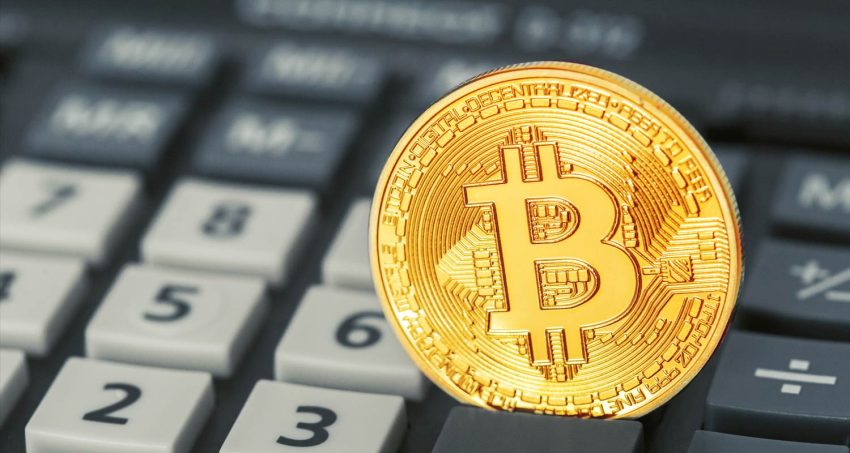The world’s largest crypto-asset by market capitalisation climbed as much as 0.9% to US$124 002.49 in early Asia trading, surpassing its previous peak hit in July. On the day, the second largest crypto token ether hit $4 780.04, the highest level since late 2021.
Bitcoin’s rally is being powered by increasing certainty of Fed rate cuts, sustained institutional buying and moves by the Trump administration to ease investment in crypto assets, said IG market analyst Tony Sycamore.
“Technically, a sustained break above $125k could propel BTC to $150 000,” he wrote in a note.
Bitcoin has risen nearly 32% so far in 2025 on the back of long-sought regulatory wins for the sector following US President Donald Trump’s return to the White House. Trump has called himself the “crypto president” and his family has made a series of forays into the sector over the past year.
An executive order last week paved the way to allow crypto assets in 401(k) retirement accounts, highlighting an increasingly favourable regulatory environment in the US.
Crypto has scored multiple regulatory wins in the US over 2025, including the passage of stablecoin regulations and the US securities regulator’s move to overhaul regulations in order to accommodate the asset class.
Broader rally
Bitcoin’s surge has also sparked a broader rally in the asset class over the past few months, shrugging off the tremors of Trump’s wide-ranging tariff policies.
According to data from CoinMarketCap, the crypto sector’s overall market capitalisation has ballooned to over $4.18-trillion, up from about $2.5-trillion in November 2024, when Trump won the US presidential election.
The latest push for crypto adoption in the US came via an executive order on Thursday last week, which would ease access to the asset class in 401(k) retirement accounts. The executive order could also be a boost for asset managers such as BlackRock and Fidelity, which operate crypto exchange-traded funds.
Read: Ethereum price set for further big gains: Standard Chartered
Crypto’s push into retirement savings can also be peppered with risks, as the asset class tends to experience much more volatility than stocks and bonds, which asset managers had typically relied on for such accounts. — Jaspreet Kalra and Rocky Swift, (c) 2025 Reuters
Get breaking news from TechCentral on WhatsApp. Sign up here.
